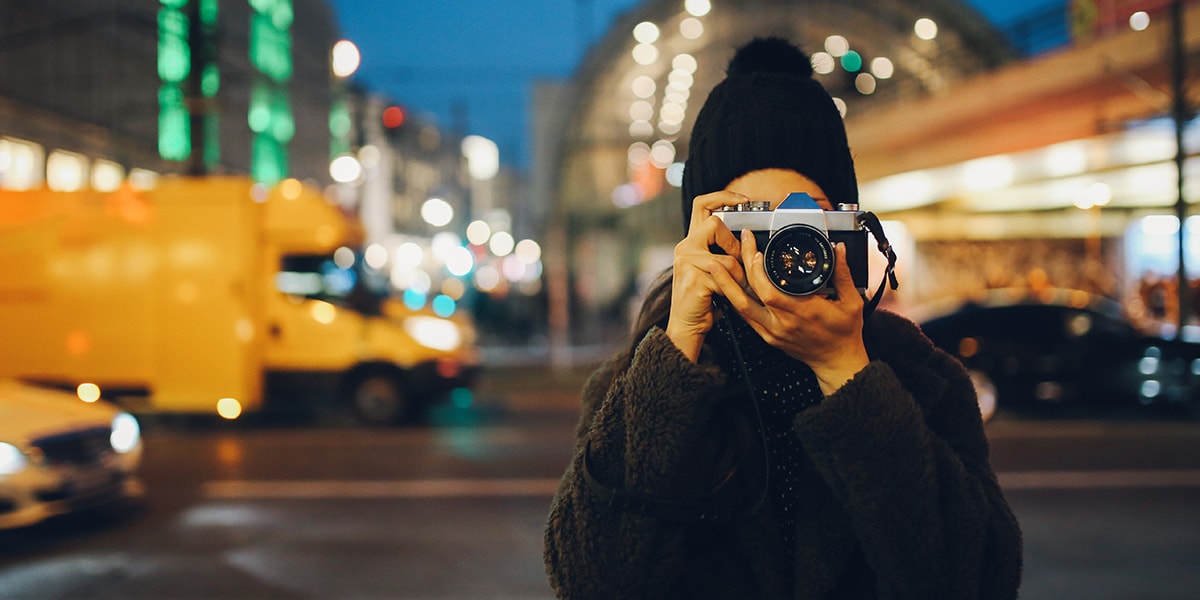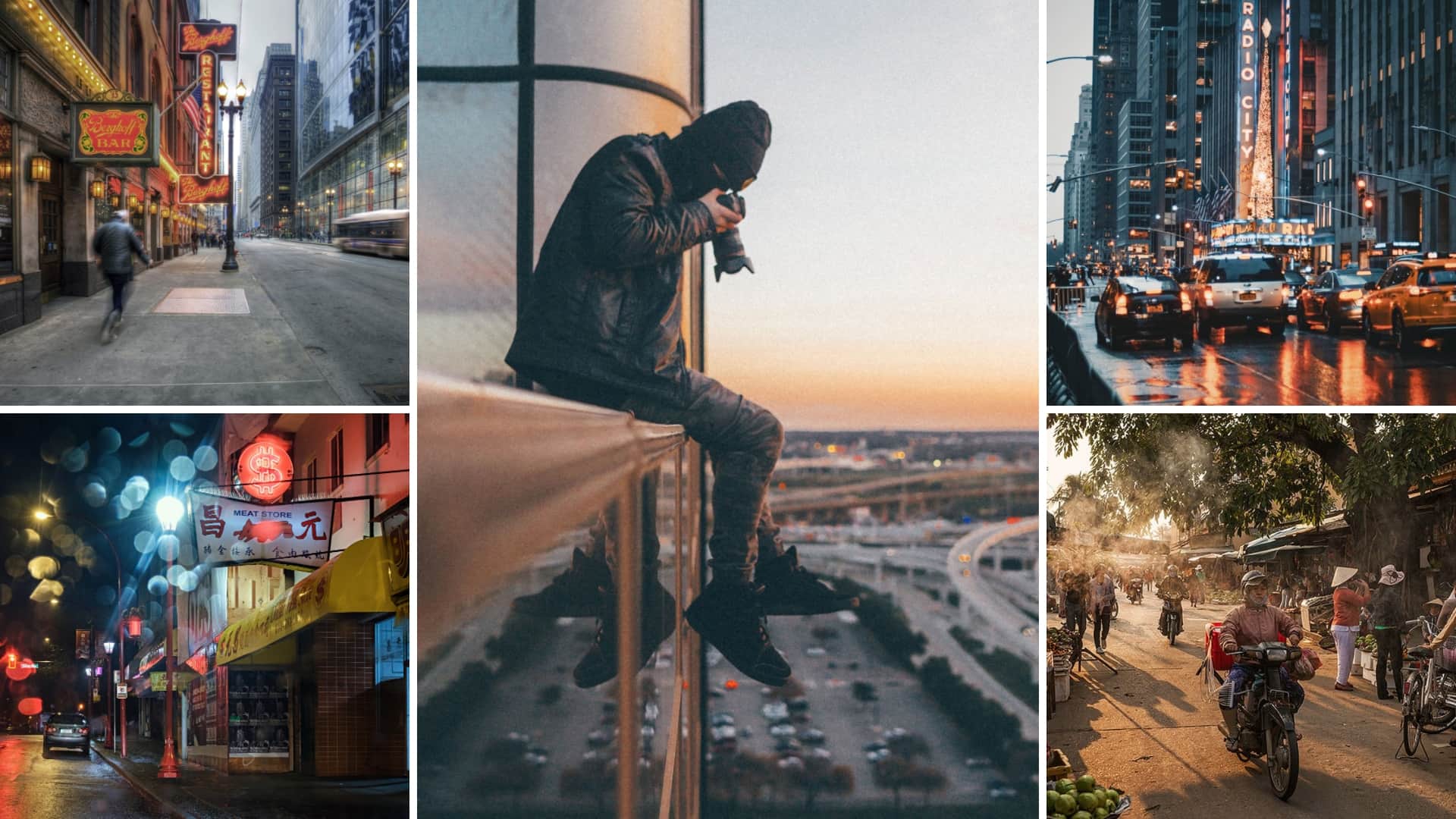Unknown Facts About Framing Streets
Unknown Facts About Framing Streets
Blog Article
The Only Guide to Framing Streets
Table of ContentsIndicators on Framing Streets You Should KnowThe Main Principles Of Framing Streets Fascination About Framing StreetsSome Known Details About Framing Streets Framing Streets Fundamentals ExplainedThe 30-Second Trick For Framing Streets
Photography category "Crufts Canine Show 1968" by Tony Ray-Jones Road digital photography (additionally sometimes called candid photography) is photography conducted for art or query that includes unmediated chance experiences and arbitrary events within public places, normally with the objective of capturing images at a crucial or poignant moment by mindful framework and timing. 
The 9-Minute Rule for Framing Streets
Susan Sontag, 1977 Street photography can concentrate on individuals and their actions in public. In this regard, the street professional photographer resembles social documentary digital photographers or photojournalists that additionally operate in public areas, however with the aim of catching newsworthy events. Any one of these professional photographers' pictures might record people and residential or commercial property visible within or from public places, which commonly involves navigating ethical concerns and regulations of privacy, security, and building.
Representations of day-to-day public life create a style in almost every duration of world art, starting in the pre-historic, Sumerian, Egyptian and very early Buddhist art durations. Art handling the life of the street, whether within views of cityscapes, or as the dominant theme, appears in the West in the canon of the Northern Renaissance, Baroque, Rococo, of Romanticism, Realism, Impressionism and Post-Impressionism.
The Best Guide To Framing Streets
Louis Daguerre: "Boulevard du Temple" (1838 or 1839) In 1838 or 1839 the initial picture of numbers in the street was videotaped by Louis-Jacques-Mand Daguerre in one of a pair of daguerreotype sights extracted from his studio window of the Blvd du Temple in Paris. The 2nd, made at the height of the day, reveals an uninhabited stretch of street, while the various other was taken at regarding 8:00 am, and as Beaumont Newhall records, "The Boulevard, so frequently filled with a relocating throng of pedestrians and carriages was flawlessly singular, other than a person that was having his boots cleaned.
, who was influenced to undertake a similar paperwork of New York City. As the city developed, Atget helped to promote Parisian streets as a worthy topic for photography.

Excitement About Framing Streets
The chief Mass-Observationists were anthropologist Tom Harrisson in Bolton and poet Charles Madge in London, and their very first report was generated as guide "May the Twelfth: Mass-Observation Day-Surveys 1937 by over 2 hundred observers" [] Home window cleaner at Kottbusser Tor, Berlin, by Elsa Thiemann c. 1946 The post-war French Humanist School digital photographers discovered their subjects on the road or in the restaurant. In between 1946 and 1957 Le Groupe des XV every year displayed job of this kind. Andre Kertesz. Circus, Budapest, 19 May 1920 Street photography formed the major web content of 2 exhibits at the Gallery of Modern Art (Mo, MA) in New york city curated by Edward Steichen, 5 French Photographers: Brassai; Cartier-Bresson, Doisneau, Ronis, Izis in 1951 to 1952, and Post-war European Photography in 1953, which exported the principle of road photography internationally.

Framing Streets - Truths
The recording maker was 'a hidden video camera', a 35 mm Contax hidden below his coat, that was 'strapped to the upper body and attached to a long wire strung down the best sleeve'. However, his job had little contemporary influence as because of Evans' level of sensitivities regarding the creativity of his project and the privacy of his topics, it was not released up until 1966, in guide Several Are Called, with an intro composed by James Agee in 1940.
Helen Levitt, then a teacher of young youngsters, associated with Evans in 193839. She recorded the temporal chalk drawings - Sony Camera that were part of youngsters's road culture in New York at the time, along with the children who made them. In July 1939, Mo, MA's brand-new photography section consisted of Levitt's operate in its inaugural exhibitRobert Frank's 1958 publication,, was significant; raw and usually out of emphasis, Frank's images examined conventional photography of the time, "challenged all the formal policies laid down by Henri Cartier-Bresson and Pedestrian Evans" and "contradicted the wholesome pictorialism and sincere photojournalism of American magazines like LIFE and Time".
Report this page